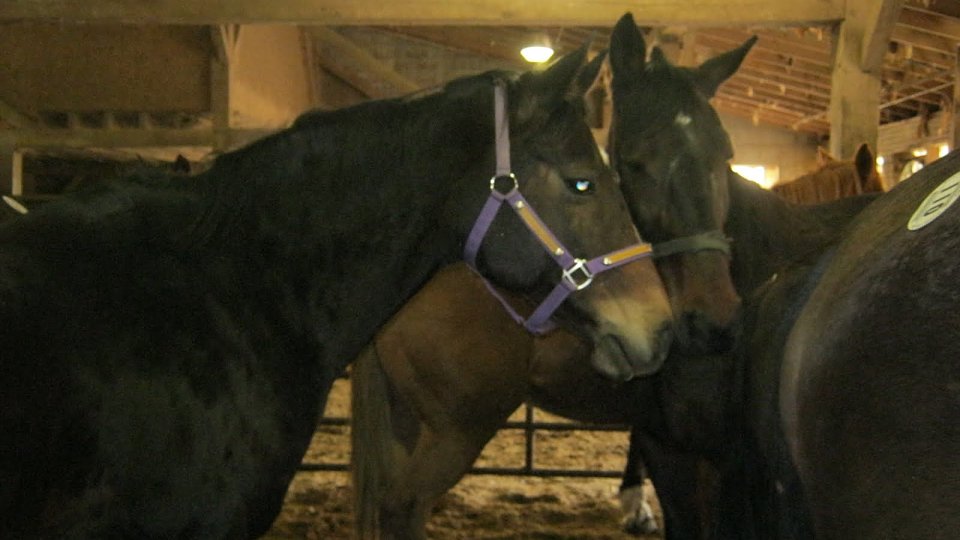'Then Don't Call Me a Rescue...'
Being involved with saving horses requires continuously making the decision on what horses to save and what horses to let go. This is never easy and I want to discuss some of what goes into the decisions I make regarding the horses that I pull. I am always alarmed to see rescues putting thousands of dollars into one horse. (Specifically on vet bills.) Certainly wanting to save that horse is understandable, but how many other horses could have been saved with the money that was spent on that ONE horse? Touchy subject. The reality that needs to be acknowledged is that resources are limited. Time, money, and space are some of the factors that I have to consider when deciding on a horse. Aside from that I have to be realistic about that horse's chances of successfully finding a long term home. Of course I feel bad for the 18 year old broken down Standardbred in the kill pen at Sugar Creek; but I feel worse for the 6 or 7 year old Quarter Horse in the kill pen that's sound and just needs groceries and training to become an enjoyable trail horse for someone. Which horse will most likely be able to find a home? Its hard to look at it that way. Additionally, there has been some discussion lately about horses with “issues”. These horses may be young and healthy but not mentally “sound”. These are tough cases. What “issues” can be fixed and what issues are just plain dangerous? I for one refuse to be stomped, kicked, ran off with or otherwise injured by horses with “issues”. There are way too many NICE horses going for meat every Friday for me or someone else to risk getting hurt by a horse that has a loose screw. (And lets face it, how many placement options will be available to that horse anyway?)
When I see some of the decisions that rescues make in regards to what horses they save I have to wonder if perhaps I should consider myself more of a “half way” house. Certainly I am not a sanctuary (as some rescues seem to be). Horses do not come here to stay. Neither am I a rescue in the traditional sense of “saving every horse”. My goal is to use the resources that are available to do the most good for the greatest number of horses. It might be appropriate to say that I have an intervention program for “at risk” horses! While those horses are here they are getting training to help them lead productive lives and be contributing members to “equine society”.
For any organization resource management is key to success. Horse rescues are not exempt. I cringe when I see “rescues” pleading for hay so that the horses don't go hungry. It should never be cut that close! And who hasn't seen the sad scenario of “rescue” horses needing to be rescued? (Most of these aren't legitimate rescues anyway but hoarders hiding behind the guise of a horse rescue.) My point is that resources have to be managed wisely whether there are 5 horses involved or 15. When considering a “rescue” remember also that a 501c3 “non profit” status is no guarantee that the rescue is well run or well managed. (It means that someone was good at doing the paperwork.) A better “gauge” of a rescue's success would be the percentage of horses placed and retained in good homes. I am proud to say that I have placed Sugar Creek horses in vocations ranging from mounted patrol to therapeutic riding to successful 4-H mounts (and most things in between).
Heresy horses came about as the result of seeing too many good horses end up in the kill pens. The judicious use of resources is something that I take very seriously. If my stance on which horses merit saving means that I run a “half way house” for slaughter bound horses instead of a traditional “rescue” then don't call me a rescue! Whatever the terminology, I am going to continue to pull good horses from the kill pens, rehab, retrain, and rehome them!

